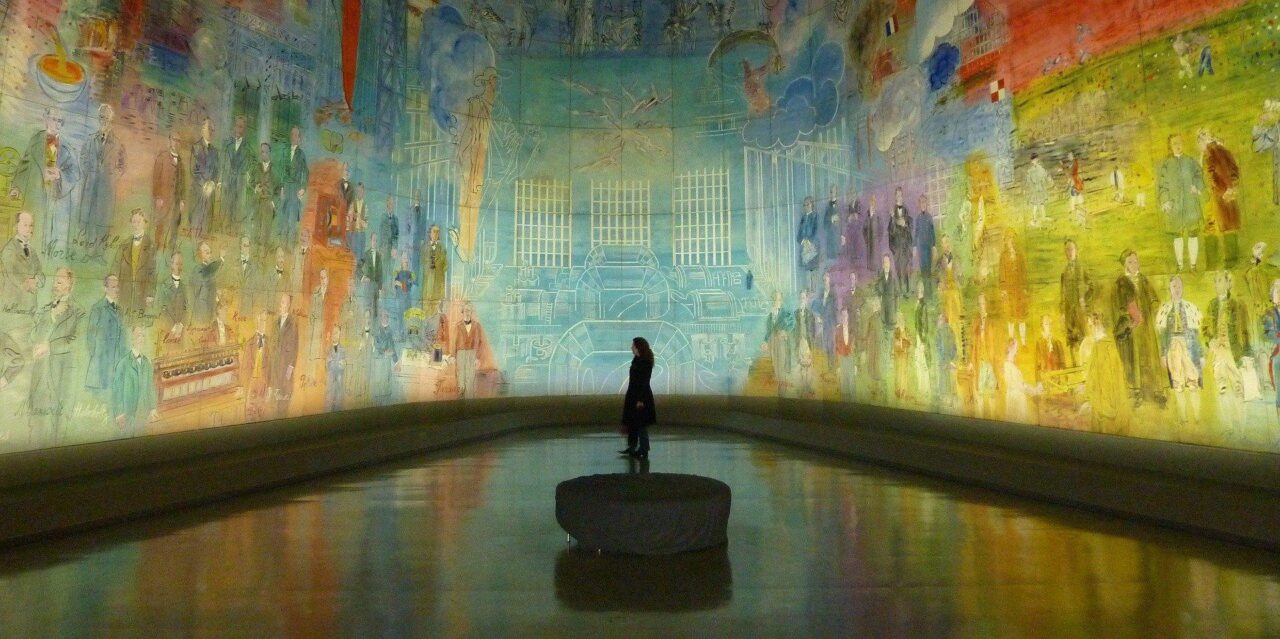
MA Art History
- The MA degree curriculum is designed to expose students to a range of visual cultures and historical and interpretive methods. Seminars and lecture courses in art from antiquity to contemporary in Europe, the Americas, Africa, and East Asia and developed competency in a foreign language form the foundation of the MA student’s preparation. By the end of the first year of coursework all MA students decide upon an area of specialization and determine the faculty member in that area who will be their advisor. In close consultation with their advisor, students write an original piece of scholarship that will be submitted as their Master’s Thesis or Scholarly Paper. Recent MA theses have treated such topics as collecting practices in 16th-century Florence, the social and political functions of a 17th-century English emblem book owned by the University Rare Books Collection, the image of the Virgin of Guadalupe in 18th- and 19th-century Mexico, and public memorial art in postwar Berlin.
The following are areas in which our students develop focused expertise:
- European Renaissance
- European Baroque and Rococo (ca. 1600-1750)
- European, ca. 1750-1900
- Photography
- 20th century
- Contemporary
- Latin American (colonial/modern)
- Late Imperial China
- West Africa and Diaspora (precolonial, colonial and contemporary)
Our faculty are active scholars and committed teachers who are eager to work with students interested in contributing to the contemporary conversations of art historians. We prepare MA candidates for careers as in teaching and museum work, as well as advancing into doctoral studies.
Resources
Graduate students in art history can take advantage of many supplemental resources on campus. These include:
- The University Library, the largest public university library in the U.S., includes many branch libraries in specific subjects such as History and Philosophy, Modern Languages, Education and Social Sciences.
- The Ricker Library of Architecture and Art is a branch of the University Library, and its collection includes more than 120,000 books, 33,000 serials, and a wide selection of videos.
- The Rare Book and Manuscript Library, also part of the University Library, includes original illustrated books and rare artists’ editions of books from the fifteenth through twentieth centuries.
- The Krannert Art Museum has a permanent collection of over 8,000 works of art from all areas of the world and hosts an ongoing schedule of rotating exhibitions.
- The Spurlock Museum is an ethnographic museum with a diverse array of functional and art objects that represent past and present cultures from around the globe.
- Japan House is a center for the study of Japanese aesthetics and traditional arts. It offers classes in subjects including Japanese aesthetics, the Way of Tea, and ikebana.
Apply
Ask Us a Question


